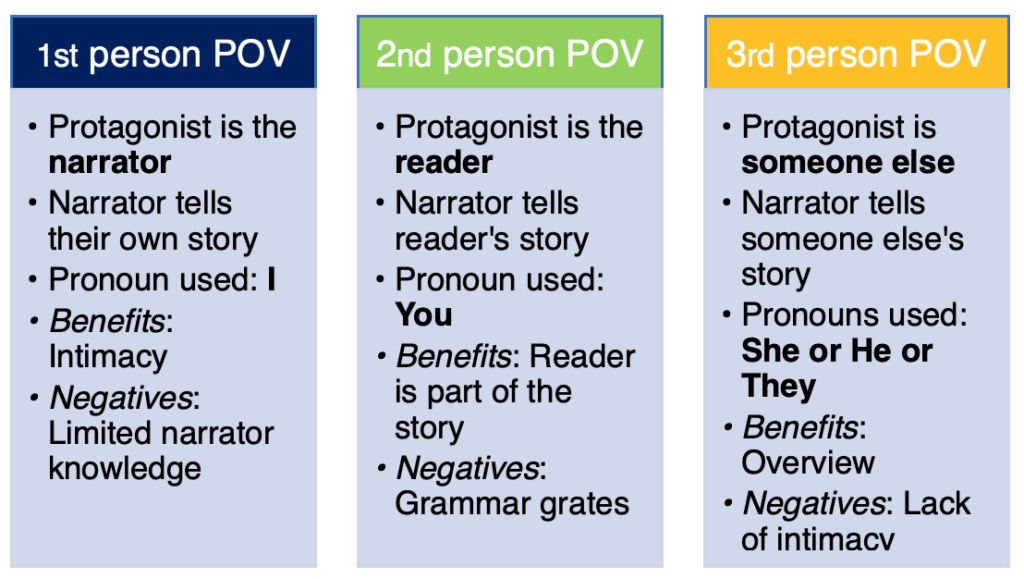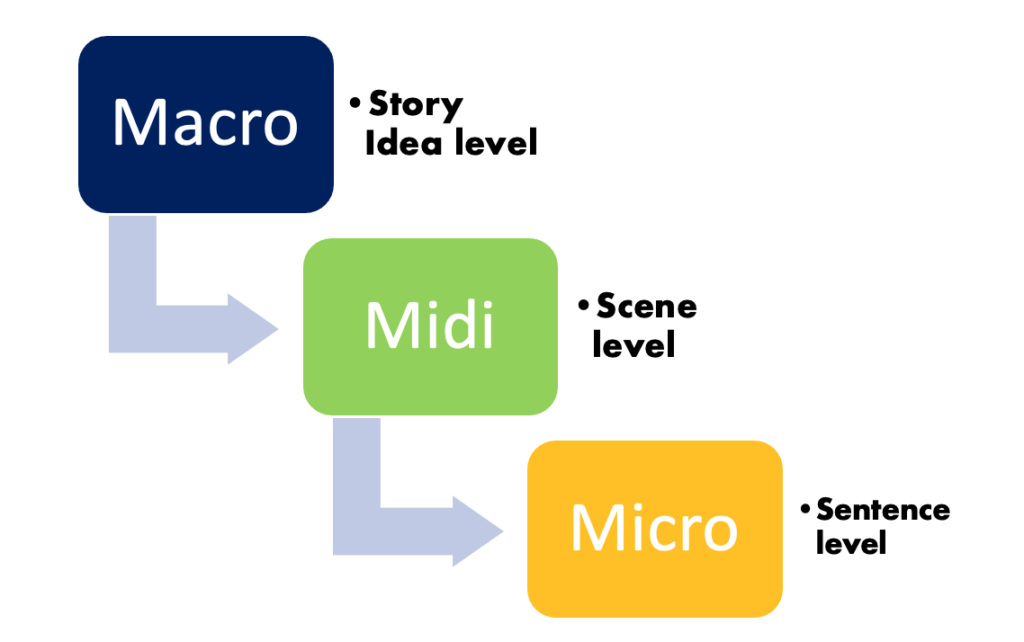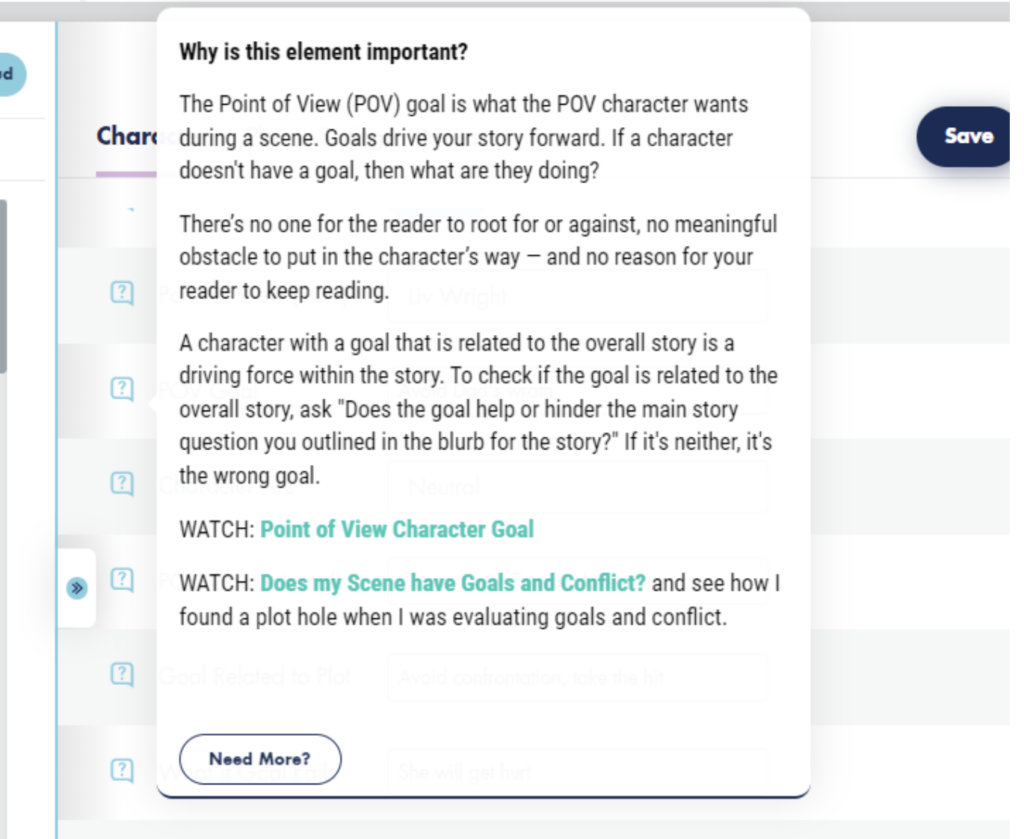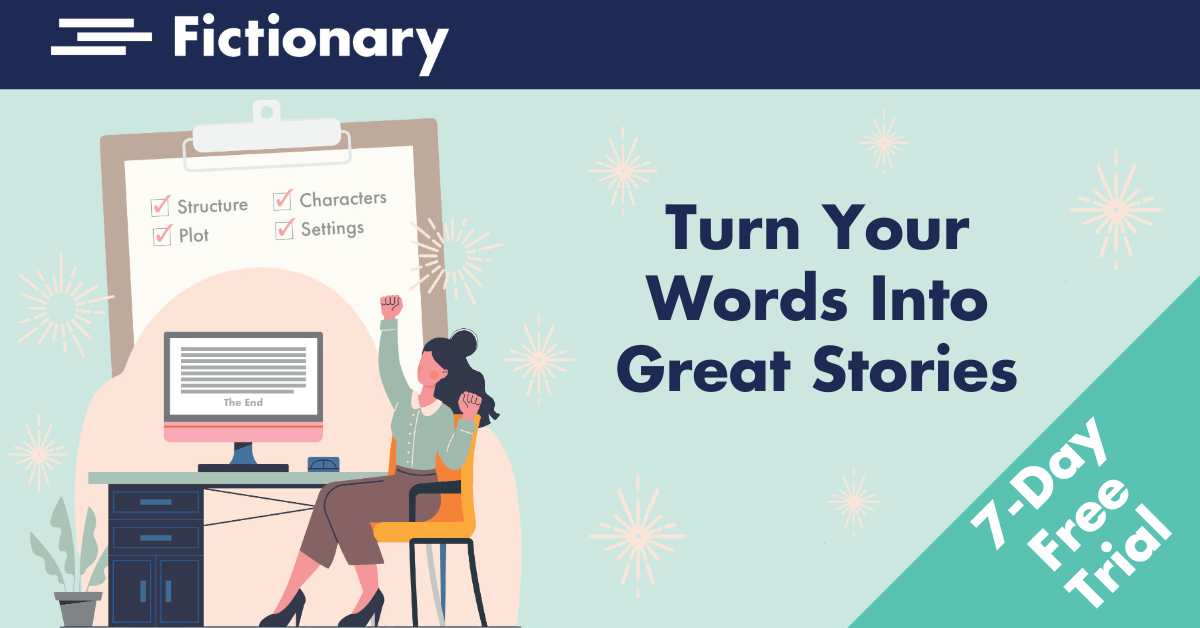There are three basic points of view: first, second, and third. This is a guide to perhaps the most obscure choice, 2nd person point of view.
First, let’s look at what 2nd person POV is. Then, let’s look at whether you should write your story in the 2nd person POV? Finally, let’s look at the Fictionary secrets on how to write great stories in the 2nd person POV.
What Is Second Person Point of View?
Second person point of view is written using the pronoun you. It is a common choice for cook books, self-help books, marketing materials, and instructional manuals. However, it is pretty uncommon in fiction books, but that doesn’t mean you can’t use it.
Before we dive into using 2nd person point of view in literature, let’s quickly cover what point of view is and how the other point of views work.
What is Point of View (POV)?
When you—as the author—choose a Point of View, as Kristina Stanley explains, you are making a promise to your reader. When you write the Point of View from the 2nd person, the promise to the reader is that they are the protagonist.
Kristina Stanley explains about POV and what it is in a story.
1st, 2nd, and 3rd Person Point of Views
There are many characters in a story, and the protagonist is the main character whose life the reader follows. But also, there is always someone telling the story: the narrator.
The protagonist lives the story; the narrator tells the story.
![]()

How to Write in 2nd Person
Writing in the second point of view is no more difficult than writing in 1st or 3rd. In fact, the process is very similar.
There are three levels to writing a story, no matter the POV: the Macro, the Midi, and the Micro.
Let’s look at the three levels of structure:

- Macro—Is the story idea improved by using a 2nd person POV?
- Midi—Scene level, it is a truth universally acknowledged: – authors love to boss around their protagonist. Which is a major issue in the 2nd person POV, as the reader is the protagonist.
- Micro—In the 2nd person POV, the author needs to be at the top of their sentence variety structure game. Otherwise, reading sentence after sentence in the 2nd person POV feels like a life sentence.
![]()
Macro Story Level
Before we take pointers, let’s look at some reasons—and great reads—that use 2nd person POV. Here are a few story ideas:
- Doctor speaking to someone with memory loss
- Teacher meeting a new student
- Narrator is the voice in your head
- Substance abuse—Jay McInerney: Bright Lights, Big City
- Dissociative disorder—Jennifer Egan: Black Box
- Computer giving orders, AI gone mad, the protagonist must survive in a terrifying new world order
- Boss and their PA, the power imbalance can be explored, uncovered
- Induction at a new job, an old hand explaining their old job to the new protagonist
As you can see, there are umpteen reasons to write in the 2nd person POV, disorientation is a common theme, as is being in a new situation, but there are many reasons to write in the 2nd person POV. You just must make sure your reason is rock solid, relevant.
![]()
Midi Story Level
In the 2nd person POV, it is far too easy to write each scene where the protagonist does exactly what the plot needs them to do—without convincing the reader that this is the next logical step. The reader will put the book down because they don’t believe in the plot. Remember, the reader is the protagonist.
Fictionary helps with this belief.
Kristina Stanley talks about how external goals link to POV character goals. By focussing on external and character goals, the reader carries on reading, carries on believing they are the protagonist.

Micro Story Level
2nd person POV is unforgiving. Sloppy sentences standout, and the reader stumbles over them.
Why is that? Invoking the imperative
Another issue with the 2nd person POV is that the grammar sounds controlling. This is called the imperative, and when you add you to an imperative then this adds emphasis.
When the reader reads your sentences, and they all start with a “you” pronoun, followed by a verb, they can feel bossed about:
You + Verb = Possible command
And the reader squirms under all this being ordered about—sentence after sentence.
Readers read for enjoyment, and is being ordered about enjoyable? This is the top issue with writing in the 2nd person POV.
Second Person Point of View Examples
Here are two example extracts of second person point o view. Example one invokes the imperative, and example 2 is more subtle and put the reader into the action without ordering them around.
|
Example 1 You walk into the candlelit room, and you see three glass goblets on the table. You wonder who else is here? You stagger as the room shakes, the liquid in glasses moves funnily. The red liquid looks too thick to be wine, but you cannot be sure. Your hope is that it’s tomato juice. You are vegan, after all. You feel fearful. ————————————- Filtering: “you wonder”, “you feel”, the reader’s kept at a distance Predominant sentence structure: pronoun (You) + Verb = dull repetition Telling emotion: “fearful” No internal voice: John Gardner’s Psychic Distance. |
Example 2 The room is lit with too few candles, and the table has one too many glass goblets on it. Who’s the third glass for? The room shakes; the table shakes; the glasses shake; you shake. Being a vegan most of your adult life, this red liquid sloshing about doesn’t look like red wine or tomato juice. What are you about to drink? ————————————- No filtering: the reader is in the thick of the action Variety of sentence structures Showing emotion: 3rd sentence, repetition of “shakes” Internal voice: asking questions, having opinions |
Tips for Writing 2nd Person POV
The 2nd person POV is very simple to write. All you need is:
- stellar story ideas
- stellar editing software
- stellar sentence writing skills
Stellar story ideas are sorted, you have oodles of them. The protagonist must be the reader, that rawness is important to your art. With Fictionary as one of your writing tools, you are not only looking at your POV at a scene level but also with over 38 other editing questions, you’ll edit your story to super star status. And at the sentence level, there are loads of books out there. Barbara Baig’s Spellbinding Sentences is great, also there’s the phenomenal Virginia Tufte’s Artful Sentences: Syntax as Style.
Now you can write great stories in the 2nd person.


